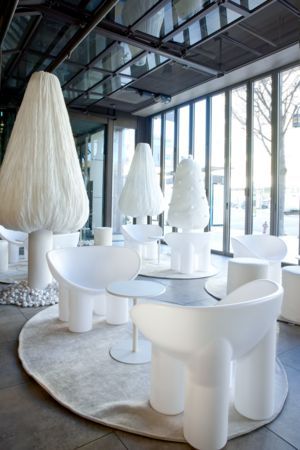
A 2000-year-old wine, remarkably still in liquid form, was discovered in a tomb, causing quite a stir. Originally white when buried, the wine has oxidized over centuries, turning red.
According to Euronews, the red liquid found in an ossuary under a home in Andalusia, Spain, was identified as wine from 2000 years ago.


The findings were detailed in a paper published in the Journal of Archaeological Science: Reports by Professor José Rafael Ruiz Arrebola of the University of Cordoba in Spain.
The discovery was made in 2019 when a family in Carmona, a town in the Andalusian Seville, uncovered artifacts under their house during renovations and promptly reported them to the authorities.
The space, which served as a cemetery during the Roman period approximately 2000 years ago, remained untouched and preserved in its original condition.
The wall had eight recessed spaces, known as loculi, for storing ossuaries. Six of these loculi contained ossuaries made of glass, lead, limestone, and sandstone.
The wine was found in a glass flask alongside cremated bones and a gold ring. The research team confirmed that the approximately 1.32-gallon (5-liter) red liquid did not result from condensation or flooding inside the tomb and proceeded to analyze its chemical composition.
The results revealed that the liquid contained polyphenols, tannins, and benzoic acid, chemically similar to modern wine. It was identified as a type of wine similar to Sherry, a special product of the Andalusian region.
However, syringic acid, which forms when the major pigment in red wine, anthocyanin, decomposes, was not detected. This suggests the wine was originally white but oxidized over time to take on a red color.
The research team noted that while ancient wine has been found and analyzed in residues absorbed into the container walls and various debris, this is the first time a liquid wine has been analyzed. Previously, the oldest liquid wine was the Speyer wine from Germany, discovered in 1867. This wine is estimated to have been made around 325 AD, approximately 1700 years ago.
Professor Ruiz Arrebola, who led the research, jokingly suggested that senior archaeologist Juan Manuel Rojas should taste the wine. They transferred the wine into a tiny glass, noting that it was safe to taste as it was non-toxic.
He remarked, “This wine has been in contact with the cremated remains of a deceased Roman for over 2000 years, so it shouldn’t be too off-putting to drink.” The professor added, “Although the cremated bones have left the liquid cloudy, it could be filtered and drunk. However, I would prefer if someone else tried it.”










Most Commented